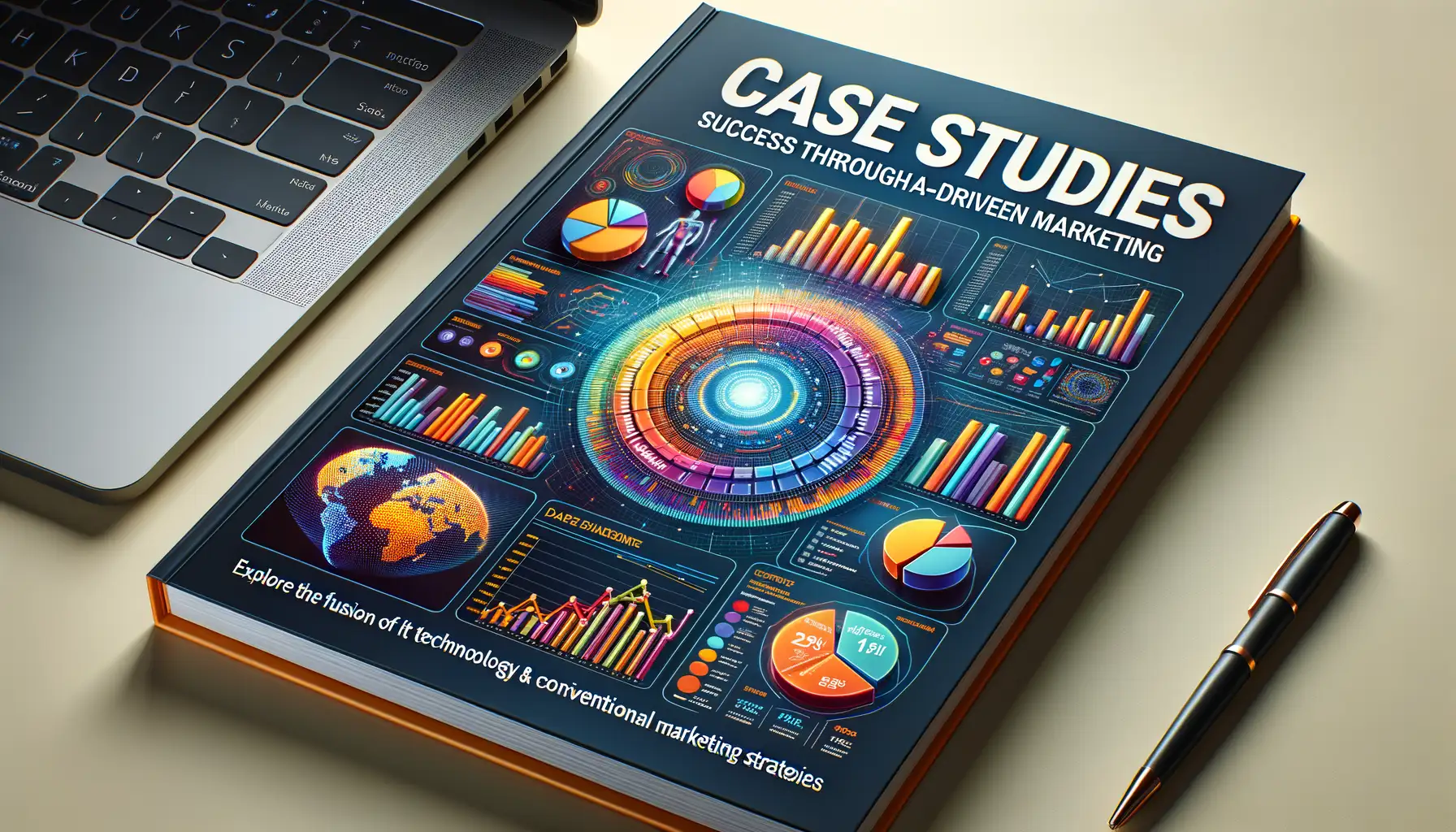Understanding the Importance of Analytics in Digital Marketing
Why Data is the Secret Weapon of Digital Marketing
Imagine navigating a dense forest without a map. That’s what running a digital marketing campaign feels like without analytics. You might hit a trail or two by sheer luck, but chances are, you’re lost, wasting time and resources. Analytics is your compass, guiding every step of your journey toward meaningful results.
Here’s the thing: the online world moves fast—blazingly fast. Every click, scroll, and interaction tells a story. With the right tools, analytics turns this chaos into clarity, helping you understand not just who your audience is, but how they think, behave, and make decisions. Want to know which ad creatives resonate? Which email subject line gets opened? Analytics shines a bright light on it all.
- Get inside your customers’ heads: Uncover user behaviors, preferences, and pain points.
- Stop guessing: Make data-backed decisions that feel like precision strikes.
Without analytics, marketing is like throwing spaghetti at a wall, hoping it sticks. With it? You’re a master chef serving the perfect dish each time. It’s not a bonus; it’s essential.
Key Metrics and Tools for Digital Marketing Analytics

Unleashing the Power of Data: Essential Metrics
Digital marketing success isn’t about throwing spaghetti at the wall to see what sticks—it’s about understanding what truly works. That’s where key metrics come into play, acting like your north star in a sky full of campaigns. Some metrics? They’re the heroes of your strategy.
- Conversion Rate: The ultimate truth-teller. Out of all those visitors, who’s actually taking action?
- Customer Lifetime Value (CLV): Because one sale is great—but knowing how much revenue you’ll generate from a loyal customer? Priceless.
- Cost Per Acquisition (CPA): Want to stay profitable? Keep an eye on how much you’re spending to gain each valuable customer.
Think of these metrics as the heartbeat of your campaign, quietly telling you when things are healthy—or when it’s time for some CPR.
Tools That Turn Chaos into Clarity
Managing all that data sounds overwhelming, right? Good news: you’re not alone. Tools like Google Analytics do the heavy lifting, turning mountains of numbers into digestible insights. Want more personalized details? Platforms like HubSpot and SEMRush dive deep into audience behavior, competitor tracking, and campaign ROI.
Imagine these tools as your digital marketing Swiss Army knives—compact but packed with everything you need. You’ll wonder how you ever worked without them.
How Analytics Improves Campaign Performance

Turn Insights into Campaign Gold
Imagine tossing darts blindfolded—sure, you might hit the target once or twice, but more often, you’re veering way off course. That’s what marketing without analytics feels like. With the power of data, however, it’s like someone hands you a laser-guided dart. Suddenly, every move is intentional.
Analytics transforms campaigns by surfacing opportunities you didn’t even know existed. Maybe you discover a hidden audience segment binge-watching your video ads, or an underperforming keyword quietly draining your budget. These aren’t random findings—they’re actionable insights that can flip the script on your strategies.
Optimization on Autopilot
Here’s the magic: Analytics doesn’t just report; it predicts and adapts. Platforms like Google Analytics or HubSpot let you A/B test like a pro—finding out if your quirky headline wins over the straight-laced one before spending big.
When campaigns continuously learn from real-time data, they evolve on their own. It’s like having an intuitive teammate who whispers, “Let’s change course—this social ad is blowing up!”
Case Studies: Success Through Data-Driven Marketing

Real Stories, Real Results
Picture this: A small local bakery struggling to compete with larger chains. Their cakes were mouthwatering, but their sales were flat. Enter data-driven marketing. Using analytics, we uncovered that their target audience was browsing on Instagram late at night, craving something sweet after dinner. The solution? A strategic ad campaign featuring irresistible dessert videos posted during those key hours. Within weeks, the bakery saw a 45% boost in online orders. That’s not just success—it’s frosting on the cake.
Now imagine a B2B software company drowning in generic email campaigns. By analyzing open rates and click patterns, they discovered their leads engaged most with product comparison content. A simple shift: personalized emails showcasing competitive advantages. The result? Their response rate jumped by an unbelievable 60%.
What the Numbers Tell Us
Analytics doesn’t just provide numbers—it uncovers golden opportunities. Here’s what brands have achieved:
- 15x ROI increase for an e-commerce store targeting abandoned carts using retargeting ads.
- 80% spike in engagement for a non-profit by optimizing donation appeals based on user interaction trends.
Data doesn’t guess; it delivers blueprints for success wrapped in actionable insights. Because when marketing meets math, magic happens.
Future Trends in Digital Marketing Analytics

The Rise of Predictive and Prescriptive Analytics
The future of digital marketing analytics isn’t just about crunching numbers; it’s about peering into the crystal ball. With advancements in AI and machine learning, businesses are evolving from being reactive to proactive. Imagine knowing not just what your audience clicked on yesterday, but predicting *what* they’ll want tomorrow! This is the magic of predictive analytics.
But wait, there’s more. Enter prescriptive analytics, the superhero partner to prediction. It doesn’t just tell you what will likely happen—it provides actionable strategies to make that outcome a reality. For example, if your data shows that targeting 25-34-year-olds on Instagram is set to soar next quarter, prescriptive tools will recommend the best time, tone, and even creative to seal the deal.
- Visualizing future trends like seasonality or purchasing behaviors.
- Suggesting hyper-targeted campaigns for untapped audience niches.
- Optimizing budgets by predicting ROI sweet spots.
Hyper-Personalization Through Real-Time Data
Forget one-size-fits-all marketing. The new wave is all about *speaking directly to* individuals, fueled by real-time insights. Today, brands can track how long someone lingers on a product page, what videos they watch (and re-watch), and even how fast they scroll.
Thanks to technology like dynamic content optimization, marketers can adapt messages instantly. Picture this: A customer abandons their cart. Within minutes, they receive an email with a personalized discount on exactly what they left behind. That’s not luck—that’s the next-level power of real-time data in action.
What’s more exciting is harnessing location-based data for hyper-localized efforts. Imagine pushing a geo-specific ad just as someone strolls past your storefront. This fusion of timing, relevance, and precision is where the future is headed.



